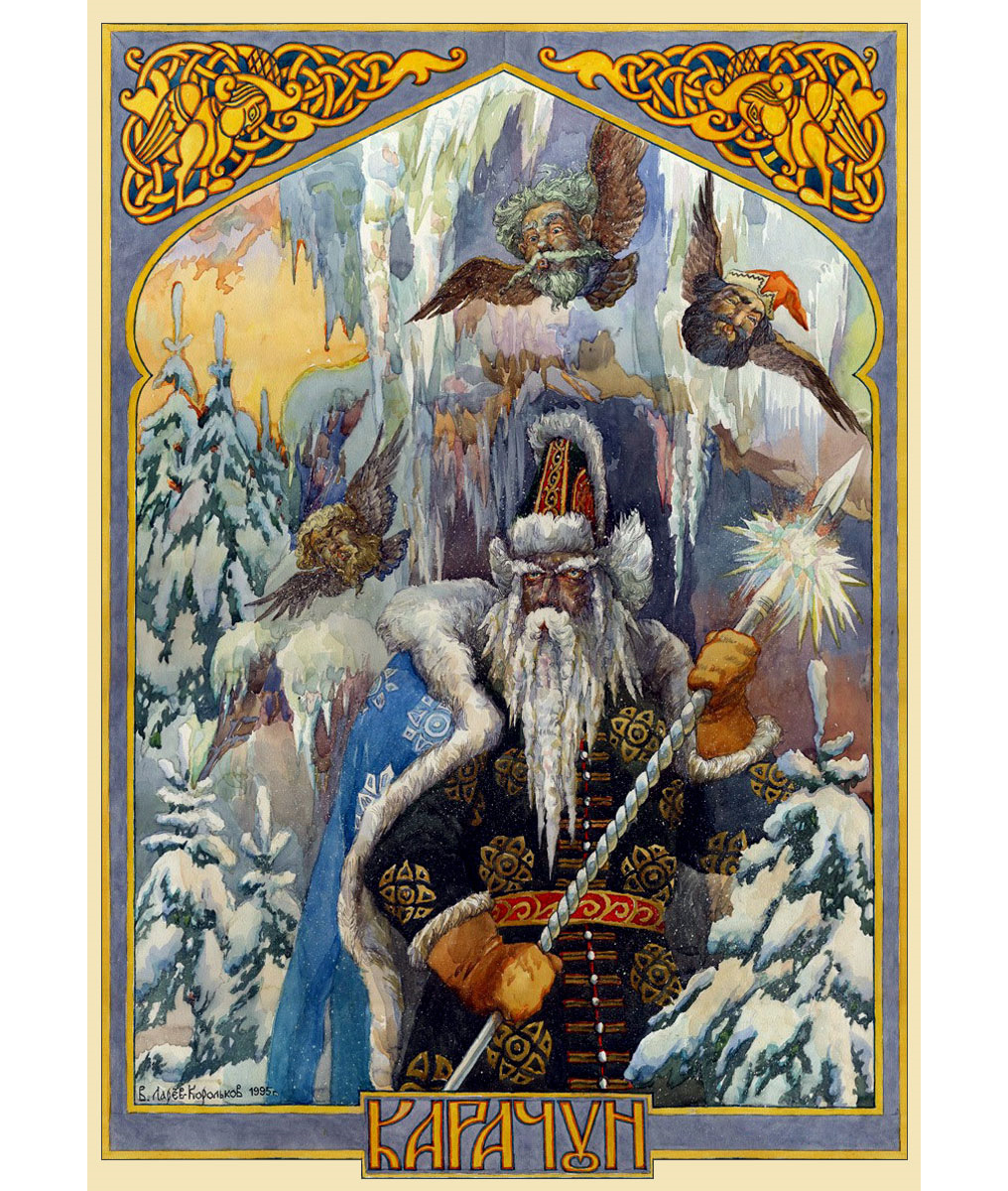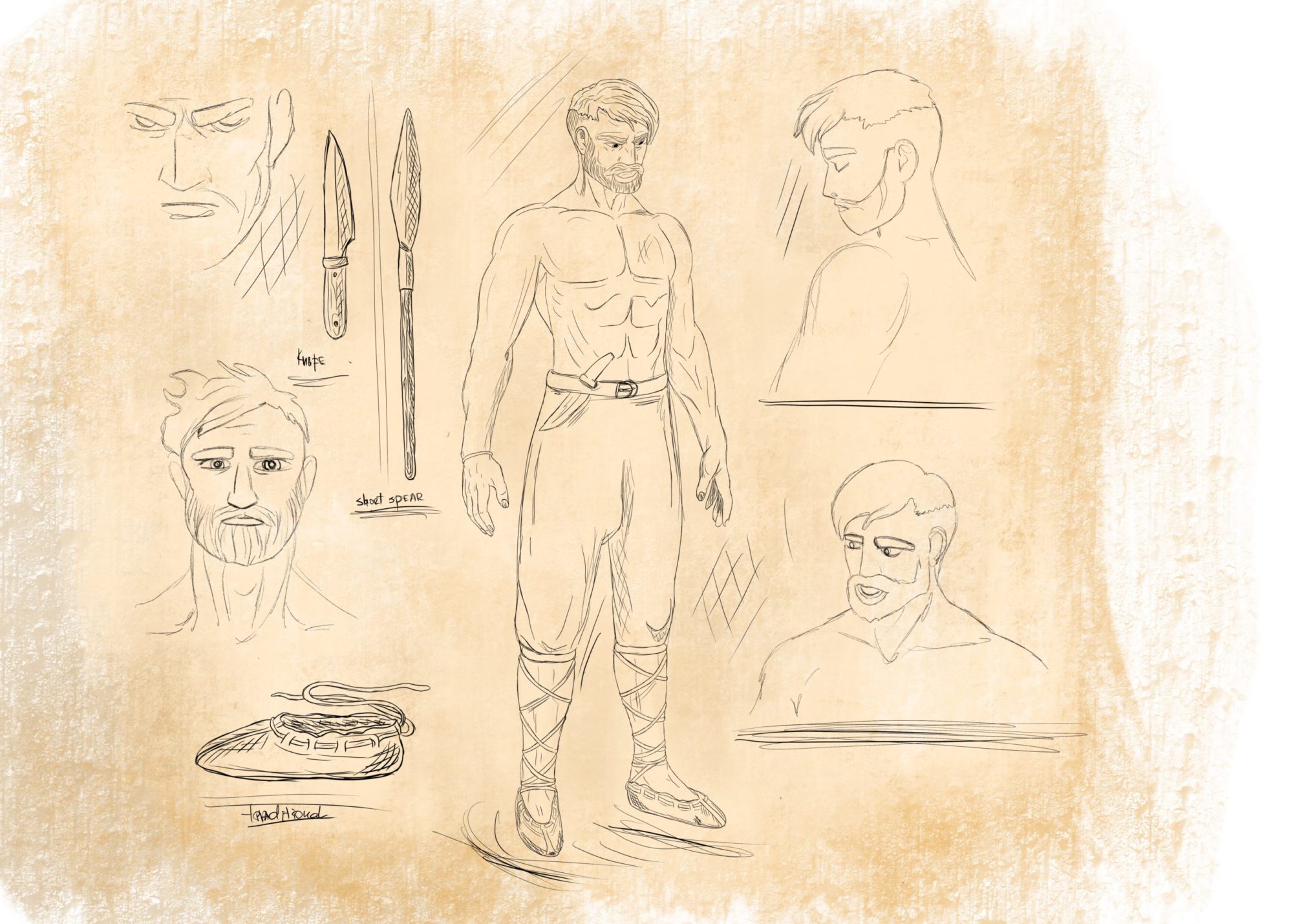Here is an excerpt from the upcoming new book: “…And when the snow cover comes – it is time to welcome Morena. Meet her with food and drink – and ask her to bring more snow, so that the winter crops would not freeze. It is also time to feed Frost with porridge – asking Him not to be too fierce. But if He wants to bite then for a good cause: by pinching people’s noses He reminds them that they are alive.
ꏍ
And although the solar year is rolling to its end – while the human race is alive, the Sun will not die in the pitch night. Dazhbog’s grandchildren-Slavs are ready to fight with anyone, if only, bypassing the longest nights, a new Sun was born, a new kolohod (year) began. The year ends with Karachun day, and begins with Kolyada…”
ꏍ
More updates on our Telegram channel https://t.me/sloveneonline
ꏍ
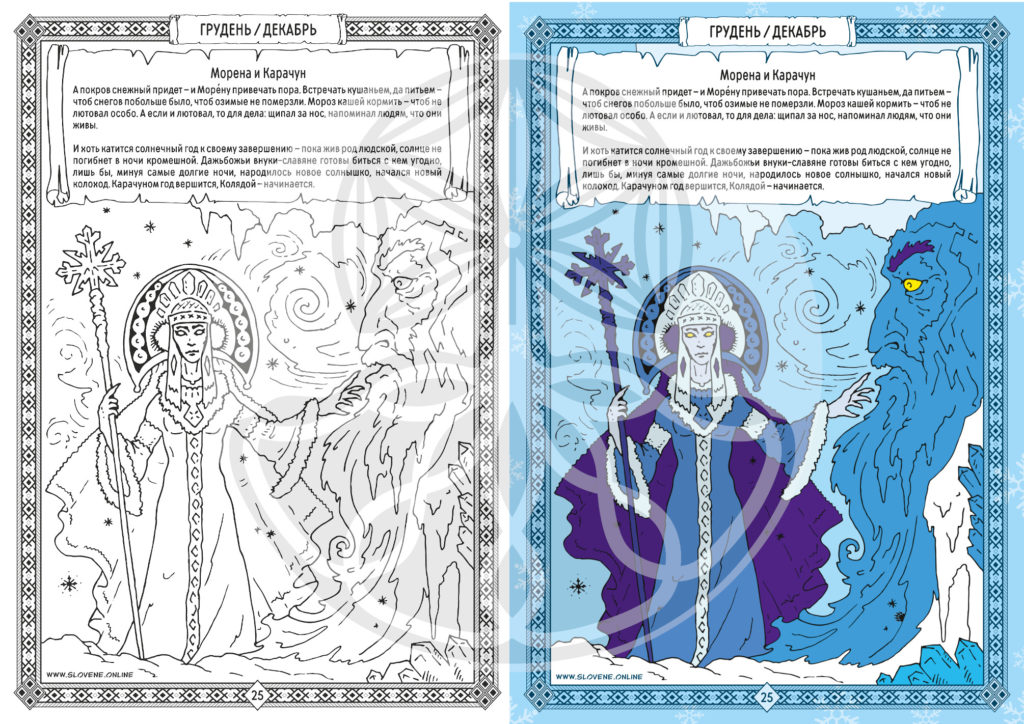
Mokosh – the great Spinner
Here is an excerpt from the upcoming new book: “This time of the year Slavs honor Mokosh (Makosh) – the great Spinner. When the flax is all gathered, soaked, rumpled, combed out, and ready for spinning… And there the young girls will sit down at the spinning wheels to be supervised by their grandmother-babushkas… The time has come for spinning songs and divination on a thread: what year is coming – are there many knots-difficulties on the thread? Young people will be training their hand, trying to straighten the thread, to spin their good fate…”
ꏍ
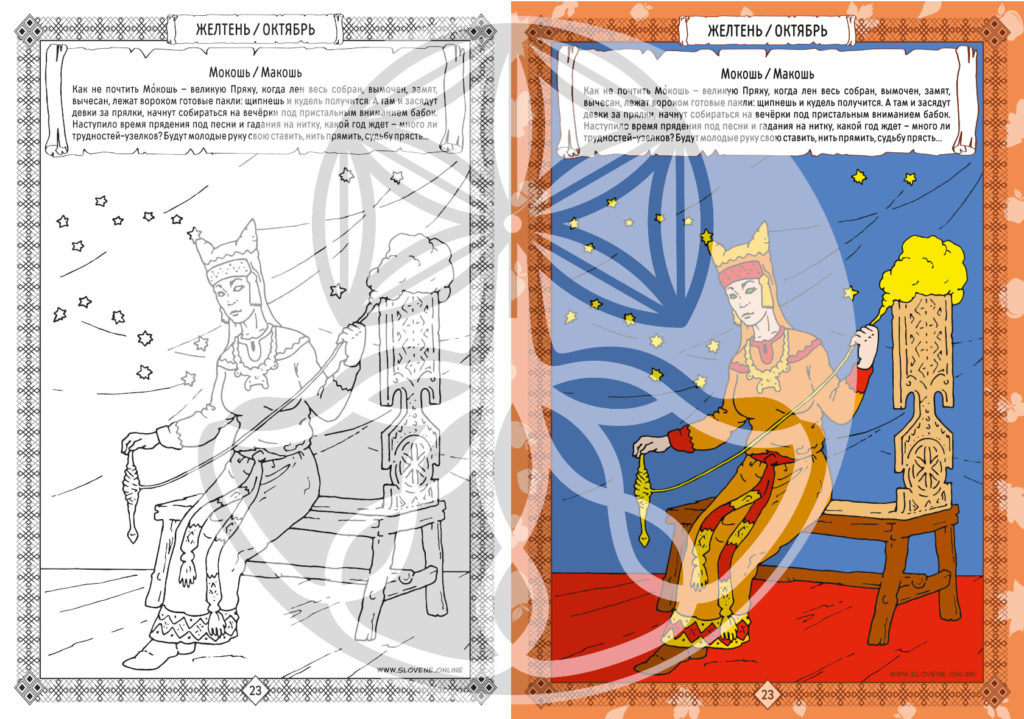
We are taking pre-orders !
We are now taking pre-orders for the new book, colouring book and calendar!
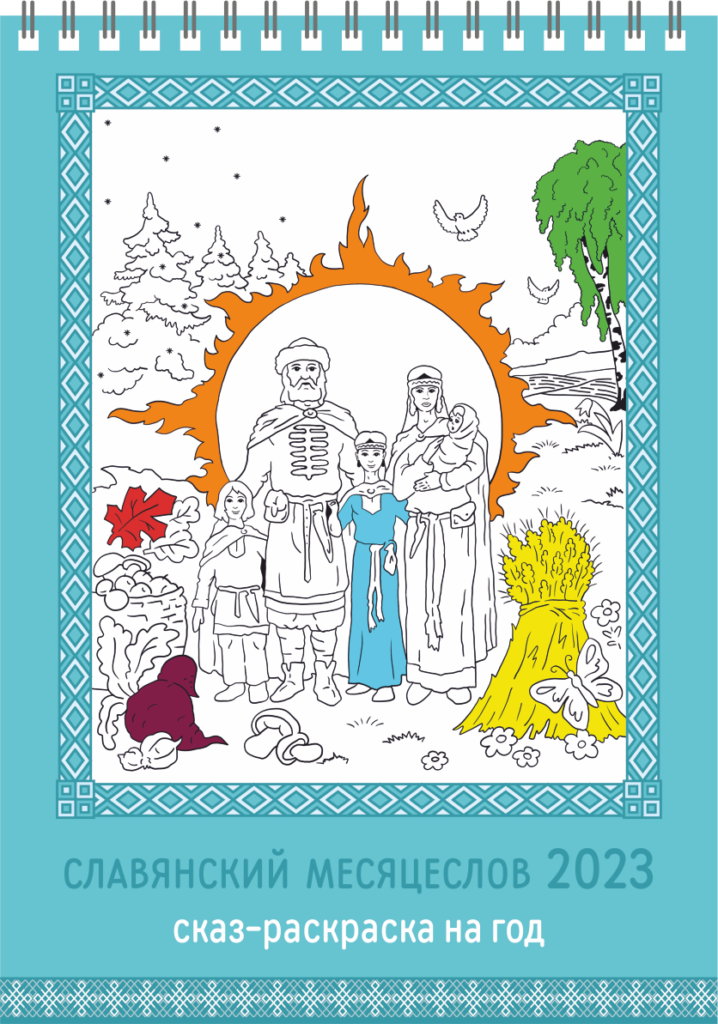
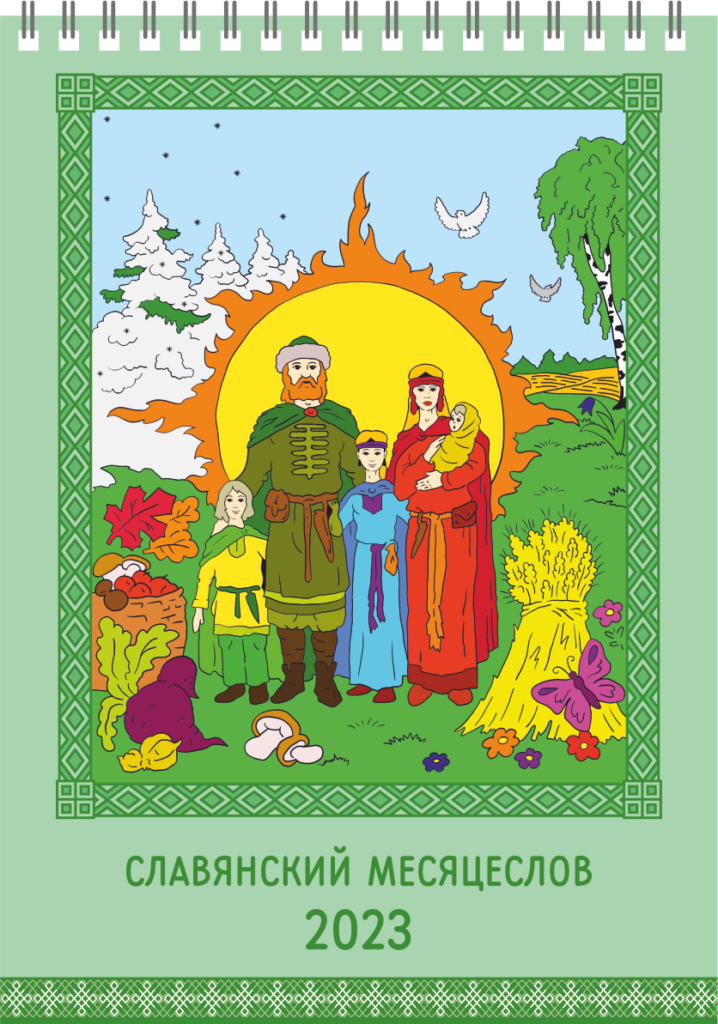
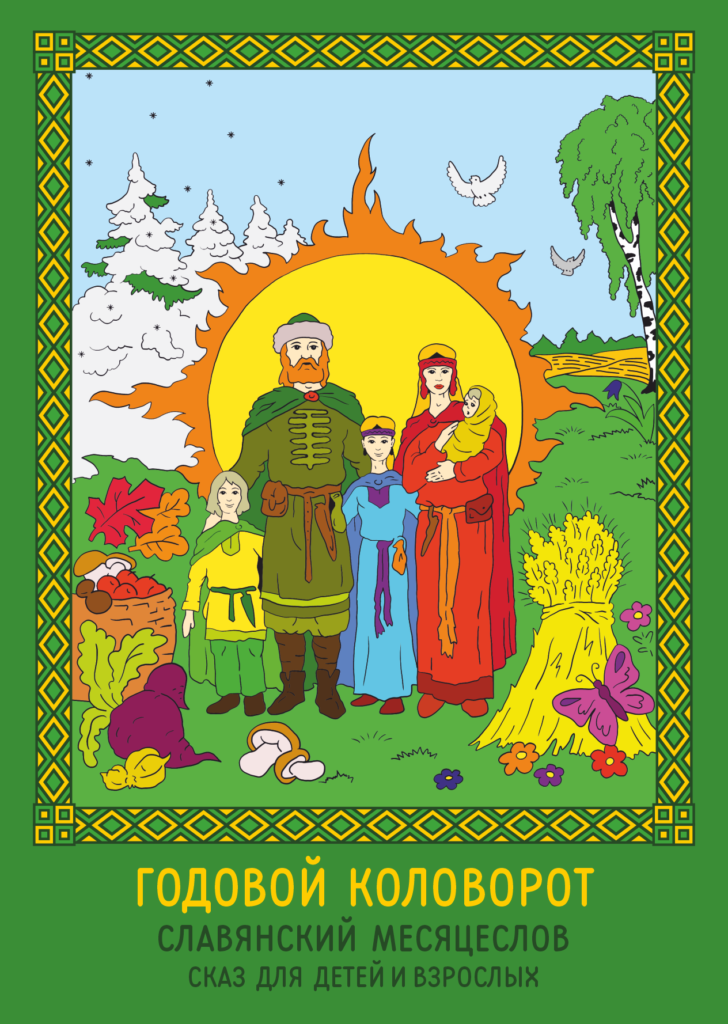
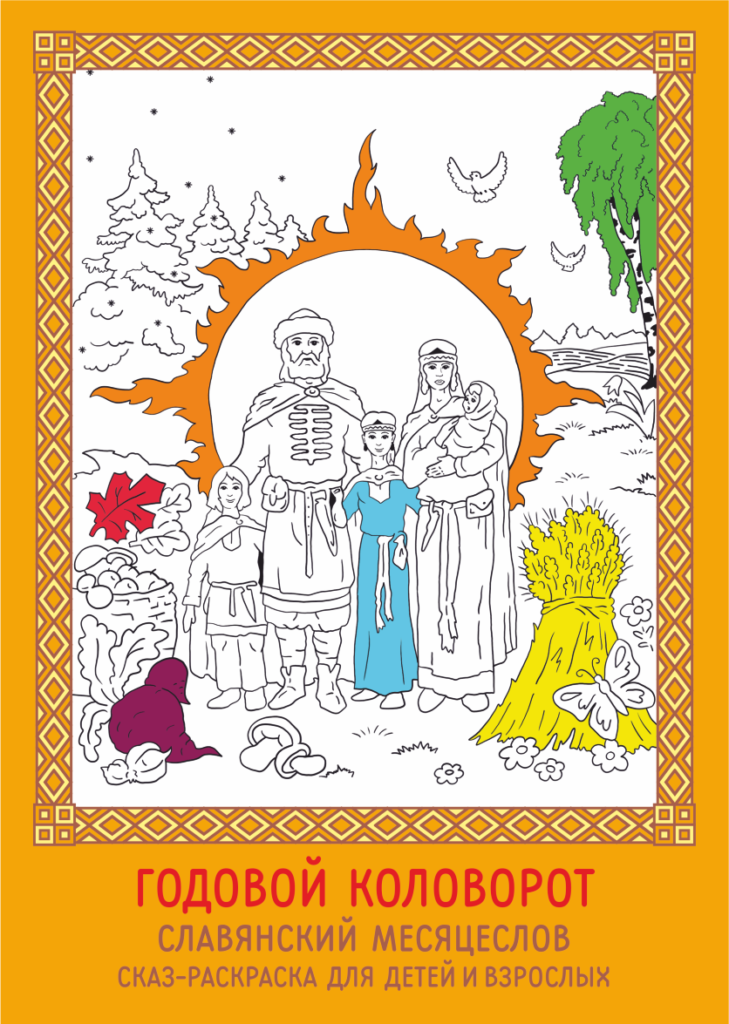
Caroling (kolyada) is an old Slavic ritual
Caroling (kolyada, koleda) is an old Slavic ritual timed to the period after winter solstice and before the new year. A group of participants visits neighboring houses, performs songs and chants good wishes addressed to the owners of each house – for which they receive various gifts.
ꏍ
In the Eastern Slavic calendar rituals, such as Kolyada and Maslennitsa, there is always a character dressed like a goat or with a goat mask. The attributes of the masked goat are usually a fur coat turned inside out, a wooden head with horns, a straw (or vine) beard and sometimes a moving lower jaw.
ꏍ
The goat in Slavic tradition is a symbol and stimulator of fertility. At the same time, it is considered an animal of demonic nature; acts as a representation of evil spirits and at the same time as a guardian from them.
ꏍ
The core of the eastern Slavic new year ritual of “walking a goat” is a song with a chorus “Oh-ho, goat”, where a story of the future harvest is told in “exaggerated manner” (“where the goat walks, it will give birth there”, “where the goat has a horn, there is a harvest “,” where a goat has a tail, there is bread “and the like). The song is accompanied by a dance, the central moment of which is the “dying” and “resurrection” of the Goat, which symbolizes the cycle of time and the rebirth of nature.
ꏍ
Source: “Slavic mythology. Encyclopedic Dictionary “, 2019 // Institute of Slavic Studies of the Russian Academy of Sciences
ꏍ
Drawing by L. S. Lenchevsky and T. N. Safonovsky to the ethnographic description of the “Goat” ritual in 1926 (the village of Kuncha, Ukraine). The caption under the picture lists the characters: 1) Straw grandfather, 2) Goat, 3) Judge, 4) Turk, 5) Cossack, 6) Doctor, 7) Gypsy, 8) Woman with a child
ꏍ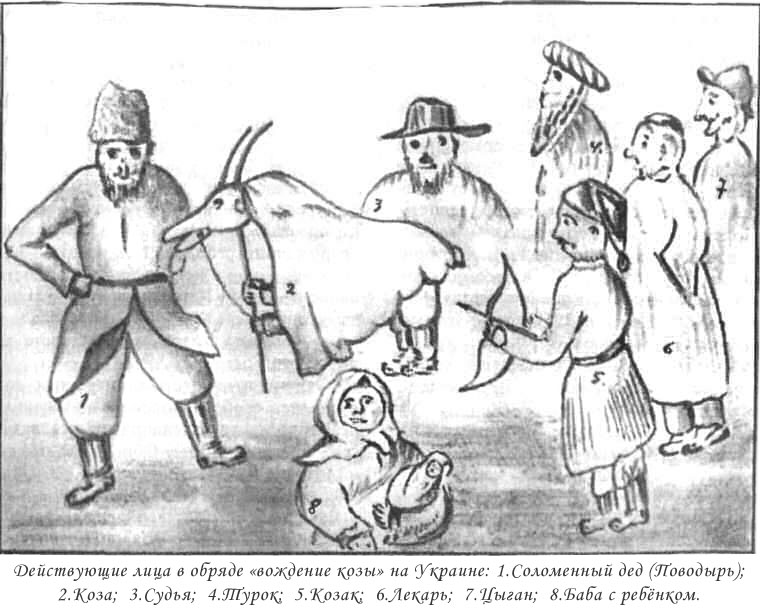
Karachun in Slavic tradition
KARACHUN (корочун, керечун, kračún, kračun, kraczun) in Slavic tradition. Karachun for Ukrainians, Poles, Slovaks, Moravians, Bulgarians, and Serbs – represents the winter solstice and the time period just before the new year, as well as a special bread and a tree, timed to this period of the year.
ꏍ
In the Russian and Belarusian languages, the word «karachun» also meant a sudden death, death at a young age, deathbed seizures, as well as an evil spirit or a demon that shortens life.
ꏍ
A common element of all these meanings is ‘a turn, a significant change in state’, represented in the names of the days of the winter and summer solstice, which are the border of winter and summer; in the description of death and the borderline state between life and death; in the names of evil spirits that cause death, especially premature death.
ꏍ
Also, krachun – is a special bread, known in the Carpathian region (among the Ukrainians, Ruthenians, Poles, Slovaks and Moravians). Krachun is considered a symbol of family wealth and has a special ceremonial and magical value. In Ukraine, wives and mothers used to bake it while dressed in an inside-out fur coat and in mittens. According to tradition, people usually put grains of various cereals, garlic, herbs in the middle of the bread, stuck a stalk of oats or a fir twig, they also tied krachun with a string of flax or hemp – all with a special purpose and a wish for wealth and good harvest.
ꏍ
In Slovakia, the krachun was divided between family members, given to house animals for good health and fertility, and the remainder was laid in front of the barn door for protection against witches. A piece of krachun and everything “baked” in it (people would put things inside on purpose) was used as medicine, amulets and powerful magical objects. Slavs also used krachun in divination by rolling it on the floor: if it rolled over onto the top crust, it meant misfortune in cattle breeding or the death of one of the family members. In Ukraine, people also used krachun for foretelling by looking at the shape it would take in the oven.
ꏍ
Have you come across these Slavic rites?
ꏍ
Source: Bogatyrev P.G. “Questions of the theory of folk art” 1971
Artist: Victor Korolkov “Karachun”
ꏍ